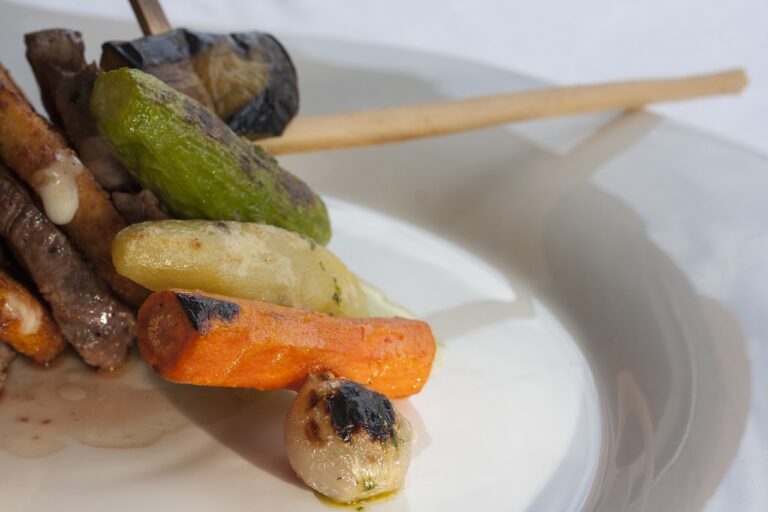How to Host a Mindful Cooking Class: Embracing Culinary Creativity as a Community
As you prepare to lead a mindful cooking class, consider the theme and objectives you want to convey to your participants. Think about the recipes you want to showcase and how they can tie into the overall message of mindfulness in cooking. Additionally, take into account the skill levels of your attendees and tailor the class content to suit their needs and abilities.
It’s essential to establish a clear structure for your mindful cooking class to ensure that the time is used efficiently and effectively. Create an outline that includes an introduction to the concept of mindfulness in cooking, a demonstration of the recipes, and hands-on practice for the participants. By providing a well-organized framework, you will help your students stay engaged and get the most out of the experience.
Setting the Tone for Mindful Cooking
To truly set the tone for a mindful cooking experience, it is essential to create a serene and inviting atmosphere in the kitchen. Soft lighting, calming music, and a clutter-free space can help cultivate a sense of tranquility and focus among participants. Encouraging mindfulness through gentle reminders to stay present in the moment and pay attention to the process of cooking can also help set the right tone for the class.
Incorporating simple mindfulness exercises such as deep breathing or brief moments of silence before starting to cook can help center participants and encourage them to approach the cooking experience with a sense of mindfulness and intention. By setting a tone of mindfulness from the outset, you can create an environment that promotes not only the preparation of delicious food but also a deeper connection to the experience of cooking.
Create a serene and inviting atmosphere in the kitchen
Utilize soft lighting, calming music, and a clutter-free space
Encourage mindfulness through gentle reminders to stay present in the moment
Incorporate simple mindfulness exercises like deep breathing or moments of silence before cooking
By setting the tone for mindful cooking, participants can approach the experience with intention and focus, leading to a deeper connection with both the food being prepared and the act of cooking itself.
Choosing the Right Ingredients for Your Class
When selecting ingredients for your mindful cooking class, it is essential to focus on quality and freshness. Opt for organic and locally sourced produce whenever possible to enhance the flavor and nutritional value of your dishes. By choosing ingredients that are sustainably grown, you can also support local farmers and promote environmental sustainability.
Consider the dietary preferences and restrictions of your participants when planning the ingredients for your class. Make sure to provide options for those who follow vegan, gluten-free, or other specialized diets. Additionally, incorporating a variety of colorful fruits and vegetables can not only make your dishes visually appealing but also ensure that your participants are getting a wide range of nutrients in their meal.
How should I plan my mindful cooking class?
When planning your mindful cooking class, consider the theme or focus you want to emphasize, select recipes that align with that theme, create a shopping list of ingredients needed, and prepare any materials or equipment in advance.
What are some ways to set the tone for mindful cooking in my class?
To set the tone for mindful cooking, create a calm and welcoming environment, encourage mindfulness practices such as deep breathing or gratitude exercises, and emphasize the importance of being fully present in the cooking process.
How can I choose the right ingredients for my mindful cooking class?
When selecting ingredients for your mindful cooking class, prioritize fresh and high-quality items, consider any dietary restrictions or preferences of your participants, and choose ingredients that align with the overall theme or focus of the class.







